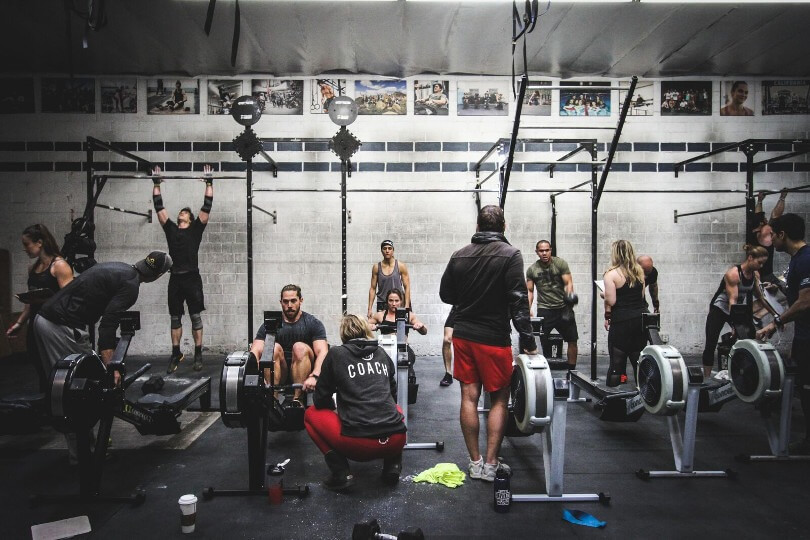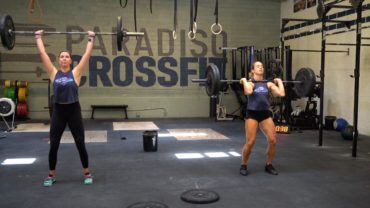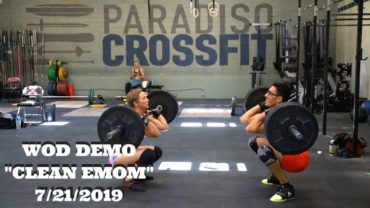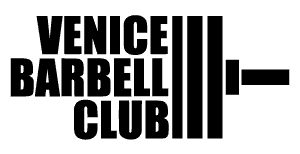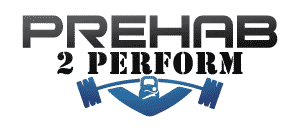A CrossFit Nutrition Guide: 3 CrossFit Nutrition Tips
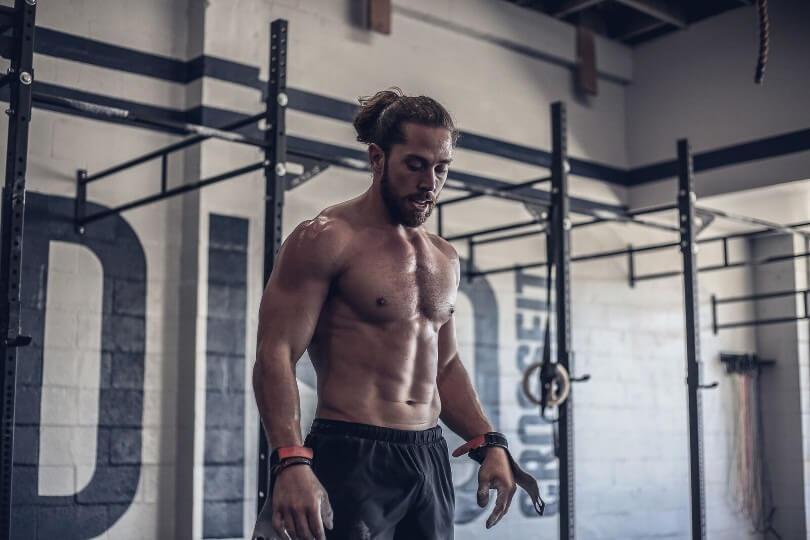
As any successful CrossFit athlete will tell you, you need to focus on your nutrition to reach your fitness goals. Even if your workout program is flawless, you are going to fall short if you are not fueling your body the right way.
There is a lot of conflicting nutrition advice out there; many people claim you can take shortcuts to better health by using unapproved supplements and sketchy meal diets. But there are no shortcuts when it comes to getting in shape. Here are CrossFit nutrition tips to make sure you are setting yourself up for success as an athlete.
When you are building a nutrition plan, you need to think about your ambitions and what you hope to accomplish in your local CrossFit box. If you are trying to lose weight, then you need to burn more calories than you consume. If you are trying to pack on muscle, you need to eat more with an emphasis on protein. Below we have provided a comprehensive CrossFit nutrition guide explaining how to tailor your diet to your fitness goals.
The Science Behind Nutrition
Calories
The calorie is a unit of energy we use specifically for food counting. Understanding how burning and ingesting calories relates to your fitness is crucial to reaching the goals you have set for yourself.
Carbohydrates
Carbohydrates are the first of three macronutrients and are a great source of energy. They are also necessary for any person who is maintaining a relatively rigorous workout regimen. There are three different types of carbs: polysaccharides, disaccharides, monosaccharides. Each of these types of carbs are important in well-balanced dieting.
Proteins
When it comes to fitness, the macro protein is primarily used for building and repairing muscle. However, protein also plays a significant role in the function of each cell in your body.
Fats
While fats have a bad reputation due to terrible fad dieting trends, this macronutrient is actually an important and necessary part of dieting for any athlete. Fats help produce energy as well as other vitamins and hormones your body needs to function properly.
Vitamins & Electrolytes
Vitamins and electrolytes are critical for keeping your body functioning properly. A deficiency in in one of these could affect your bone strength, hydration, or even your ability to carry oxygen into your bloodstream.
Counting Calories
Like we mentioned at the beginning of this CrossFit nutrition guide, counting calories is an important part of reaching your fitness goals, but it isn’t the only part of dieting properly. Simply burning an excessive amount of calories every day will help you to lose weight, yes. But, if you are trying to balance your diet and gain muscle while trimming fat, simply cutting caloric intake or burning calories will not work.
Let’s go over how to determine the amount of calories you should be taking in daily and what adjustments you should make to that number based on your exercise routine.
Resting Metabolic Rate
Your resting metabolic rate, or RMR, is the amount of energy your body uses to go through your typical daily activities. This calculation does not include any type of exercise or extra physical activity. In order to determine to how many calories you should be allowing yourself daily, you must first know your RMR.
To calculate your resting metabolic rate before continuing with the CrossFit nutrition guide, we recommend using this calculator.
Daily Caloric Intake
Once you have determined your RMR, you know how many calories you need daily just to function. From there, you need to consider any physical activity you participate in daily other than routine activities. For instance, if you attend a CrossFit class 3 times a week, you will want to add the amount of calories burned during your class to your RMR.
Once you have a rough number of calories that you burn everyday, you can start deciding how you want to plan your meals. Remember, to lose weight you have to take in less calories than you burn everyday. However, if you are looking to build muscle or remain the same weight while changing your muscle mass, you won’t want to cut calories. That’s why it is important to use a CrossFit nutrition guide that will help you to make adjustments appropriate to your workout routines.
Planning Your Diet
Planning a diet that fits your fitness goals is specific to each person. For those who are combining nutrition with CrossFit, we recommend that you consider using a Zone Diet.
Principally, it makes sure that 40 percent of what you eat is carbohydrates, 30 percent is protein, and 30 percent is fat. This leads to a balanced consumption, which shapes your body and helps it deal with the rigors of high-intensity interval training.
Work with Experts
Ultimately, the best way to make sure you get the right fuel is to talk to people who are experts when it comes to fitness and nutrition. At Paradiso CrossFit, we proudly feature coaches, staff, and resources like this CrossFit nutrition guide that can make sure you are taking the right supplements and abiding by a meal plan that makes sense for you.
When you first sign up to be a member with us, you will meet with one of our coaches for a free, one-on-one session. Together, the two of you will discuss what you hope to accomplish, and your coach will get a sense of your skill level. You can also discuss a nutrition guide for your CrossFit journey and gain a strong understanding of what you need to consume to reach your potential.
Additionally, we offer meal and supplement services from four of the best companies in Los Angeles, as well as nutritional support services.
To learn more about our gyms and the difference services we offer, give us a call at (310) 450-6870 or send a message to mail@paradisocrossfit.com.






